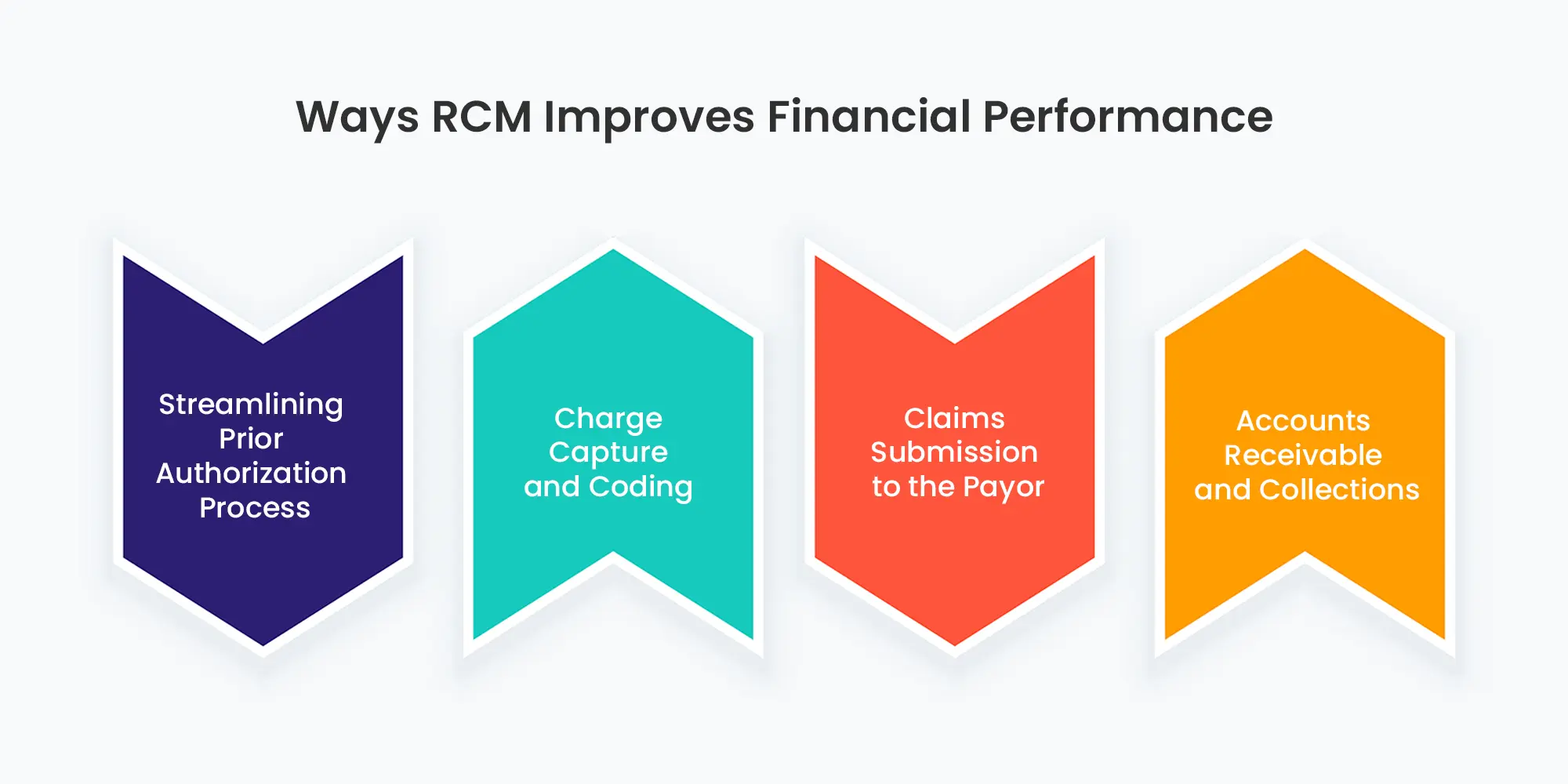Whether you belong to a multi-specialty group or run your private practice, it’s not easy to maintain a strong revenue cycle. Equifax, a credit agency, recently highlighted in a report that healthcare providers lose $1300 on an average daily due to incorrect billing procedures. These errors are more prominent in the case of bills with a higher amount, making revenue cycle management tips (RCM) one of the highest priorities.
The revenue cycle starts with the appointment and ends when the provider gets paid fully for the services rendered. It’s time-consuming if the process isn’t streamlined or due to inaccurate clinical documentation and coding. Furthermore, new trends such as value-based reimbursement and healthcare consumerism continue to shape the way care is paid for and delivered.
So, what can one do to improve their revenue cycle and prevent denials? Practices can implement these four fool-proof strategies for lasting RCM excellence.

Streamlining Prior Authorization Process
Under medical and prescription drug plans, medical procedures and medications require approval from an insurance carrier before the patients can get care. It’s important to collect the patient’s insurance information, assess the payor’s guidelines and complete the documentation accurately before submitting it for medical necessity review. By effectively managing revenue cycle, physicians can speed up medical necessity review, reduce the denials rate and provide excellent patient experience
Charge Capture and Coding
A charge gets captured when the patient makes first contact with the healthcare provider. It’s a process to record/document the services performed into billable charges using universally accepted ICD-10 codes. Each year, claims denied due to coding errors result in the loss of about $20 billion in the US. The insurance companies deny the patient’s claim without accurate coding and documentation. An experienced coding team accurately codes (also covering the latest changes in the CMS guidelines) to help providers reduce denials rate.
Claims Submission to the Payor
One of the crucial steps in the revenue cycle lifecycle is submitting claims to the insurance company for adjudication. Once the claims get appropriately coded, the scrubbers help analyze any omissions or potential errors that could lead to denial. The claims that are red flagged by the scrubber would get clearance from the professional team by fixing the errors.
Accounts Receivable and Collections
The longer an AR goes unpaid, the less likely healthcare providers would receive payment, often becoming difficult to retrieve. If the claim is beyond 35 days, it requires continuous follow-up. It risks revenue leakage. However, physicians can’t focus on cases as they require time to attend to the patients. Furthermore, the non-availability of real-time insights could also hinder the collections. This is where a well-defined rev cycle helps expedite the patient payment process by streamlining claims processes and accelerating collections.
Final Thoughts
Revenue cycle management tips helps identify and resolve errors, decrease administrative burdens, reduce inaccuracies and increase healthcare facility revenue. These benefits serve both the providers as well as patients, giving RCM even greater value. Want to learn how you can transform your revenue cycle? Click here.






